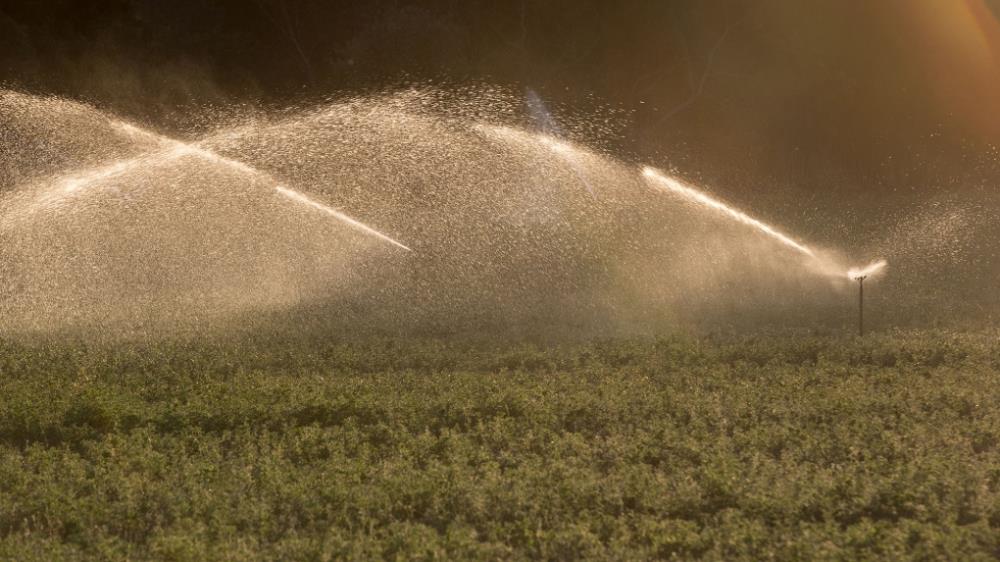
Related items loading ...
Section 1: Publication
Publication Type
Conference Poster
Authorship
Creen, J., Thomas Ambdan, J., Roy, A., Berg, A.A.
Title
Improved soil moisture estimation using tower-based L-Band radiometers over a boreal forest. Remote Sensing and Geomatics for sustainable agriculture and the environment
Year
2022
Publication Outlet
International Conference on Agro-Geomatics and Canadian Symposium on Remote Sensing. Quebec City, Quebec, (July 11-14)
DOI
ISBN
ISSN
Citation
Creen, J., Thomas Ambdan, J., Roy, A., Berg, A.A. (2022) Improved soil moisture estimation using tower-based L-Band radiometers over a boreal forest. Remote Sensing and Geomatics for sustainable agriculture and the environment. International Conference on Agro-Geomatics and Canadian Symposium on Remote Sensing. Quebec City, Quebec, (July 11-14).
Abstract
Temperatures near 0°C represent a critical threshold for many environmental processes and socio-economic activities. This study examines surface air temperatures (T) near 0°C (−2°C ≤ T ≤ 2°C) across much of southern Canada over a 13 year period (October 2000–September 2013). It utilized hourly data from 39 weather stations and from 4-km resolution Weather Research and Forecasting model simulations that were both a retrospective simulation as well as a pseudo-global warming simulation applicable near the end of the 21st century. Average annual occurrences of near-0°C conditions increase by a relatively small amount of 5.1% from 985 hr in the current climate to 1,035 hr within the future one. Near-0°C occurrences with precipitation vary from <5% to approximately 50% of these values. Near-0°C occurrences are sometimes higher than values of neighboring temperatures. These near-0°C peaks in temperature distributions can occur in both the current and future climate, in only one, or in neither. Only 4.3% of southern Canada is not associated with a near-0°C peak and 65.8% is associated with a near-0°C peak in both climates. It is inferred that latent heat exchanges from the melting and freezing of, for example, precipitation and the snowpack contribute significantly to some of these findings.
Plain Language Summary
The partitioning of precipitation between rainfall and snowfall is a crucial component of the evolution of the snowpack in mountains. Most snowpack models use the air temperature and humidity near the surface to derive the precipitation phase. However, the phase at the surface is strongly influenced by processes such as melting and refreezing of falling hydrometeors that occur above the surface. Atmospheric models simulate these processes and the corresponding phase at the surface. However, snowpack models rarely use this information. In this study, we considered two estimates of precipitation phase from an atmospheric model and tested them with a physically-based snow model over the mountains of southwestern Canada and northwestern United States. The results were compared with traditional approaches using the air temperature and humidity near the surface to derive the precipitation phase. Our results showed that the precipitation phase associated with the snow level obtained from the atmospheric model improved snowfall estimate and snowpack prediction compared to the traditional approaches. In contrast, the cloud/precipitation scheme of the atmospheric model decreased performance in phase estimate and snow simulations due to missing physical processes. Our study highlights that snowpack predictions in the mountains can be improved if valuable information is obtained from atmospheric models.
Section 2: Additional Information
Program Affiliations
Project Affiliations
Submitters
Publication Stage
N/A
Theme
Presentation Format
Additional Information
SAJESS, Refereed Publications


 GWFNet
GWFNet Master
Master Data
Data Research
Research Map
Map
 Advanced
Advanced Tools
Tools
 . . .
. . .
 Metadata Editor
Metadata Editor
 Record List
Record List
 Alias List Editor
Alias List Editor
 Legacy sites
Legacy sites